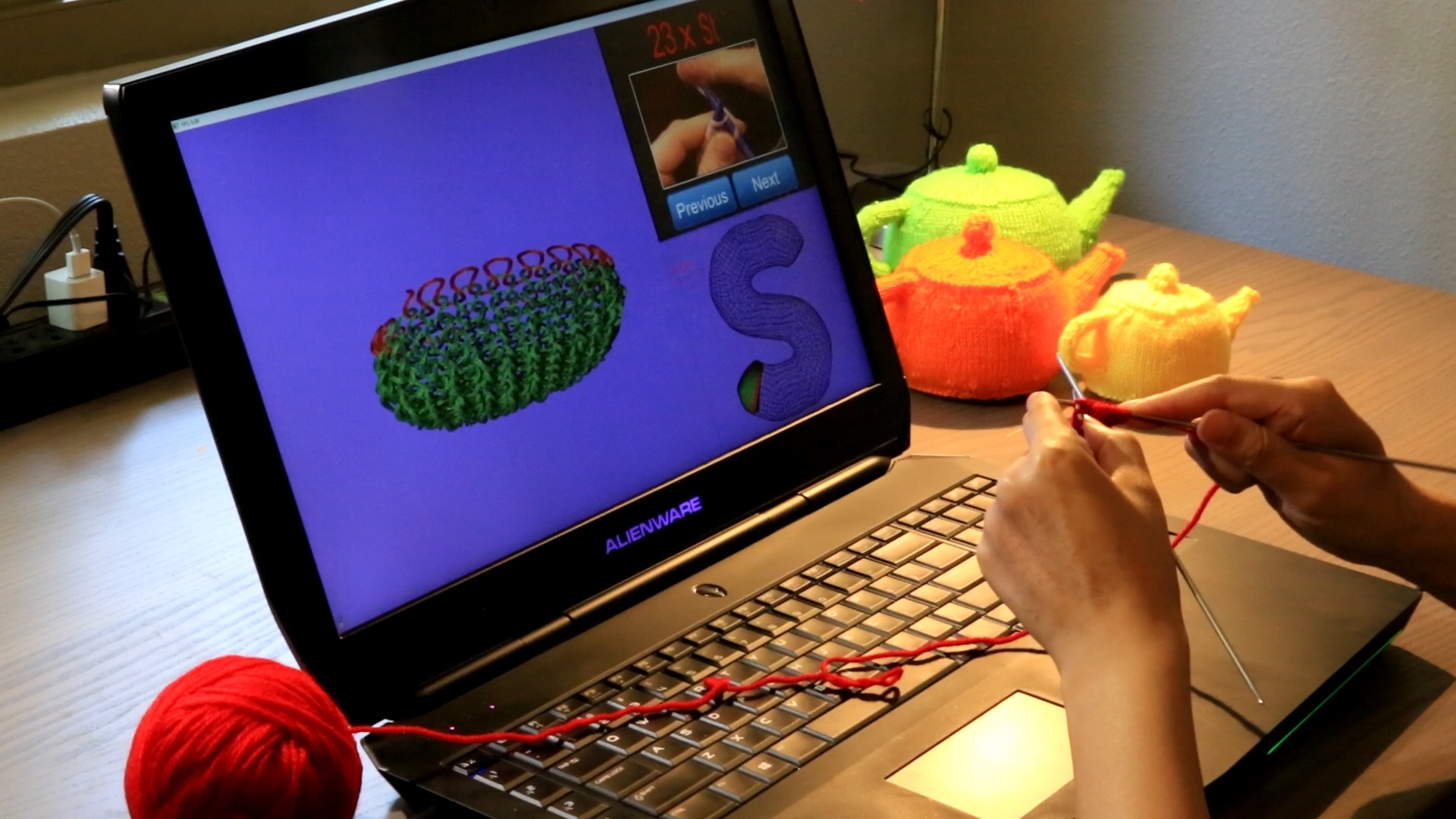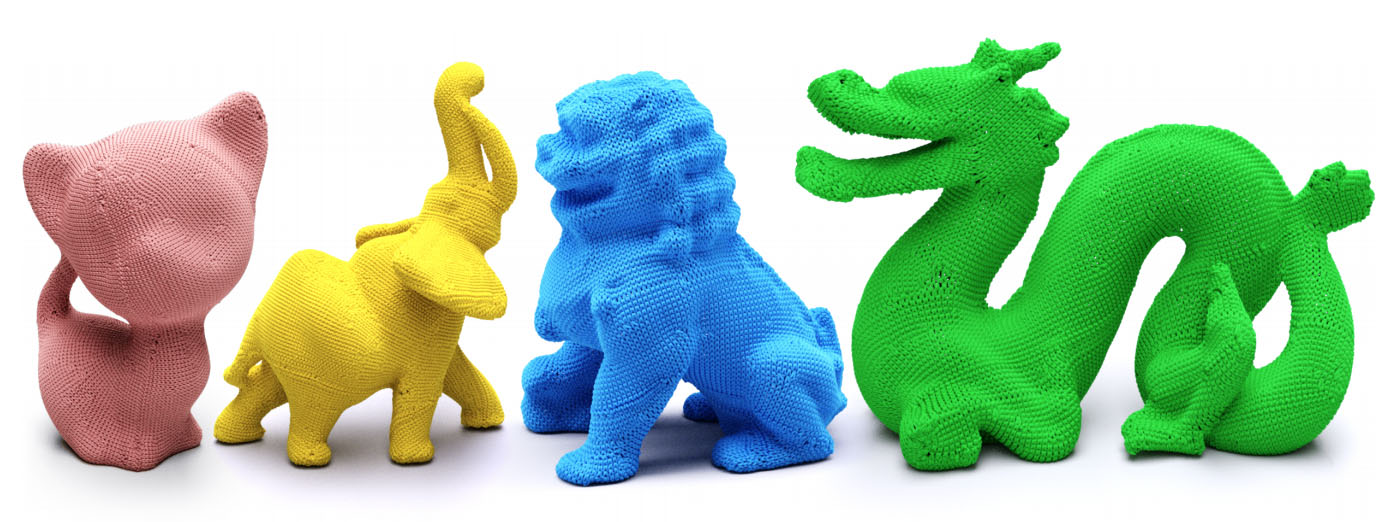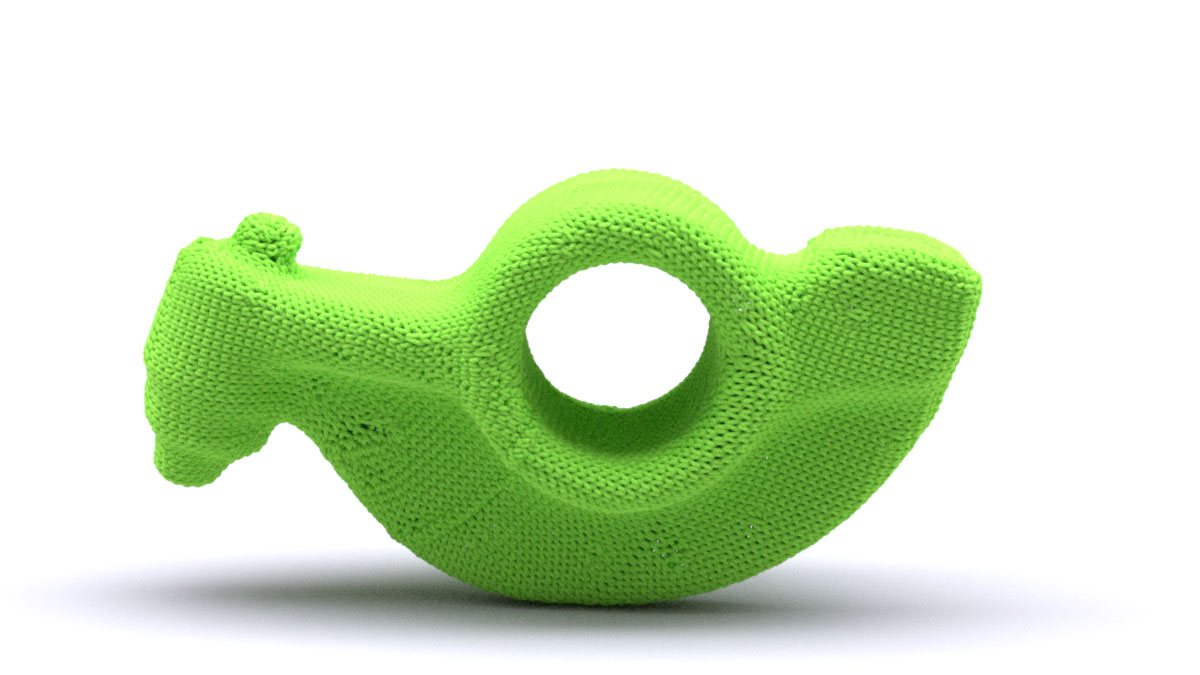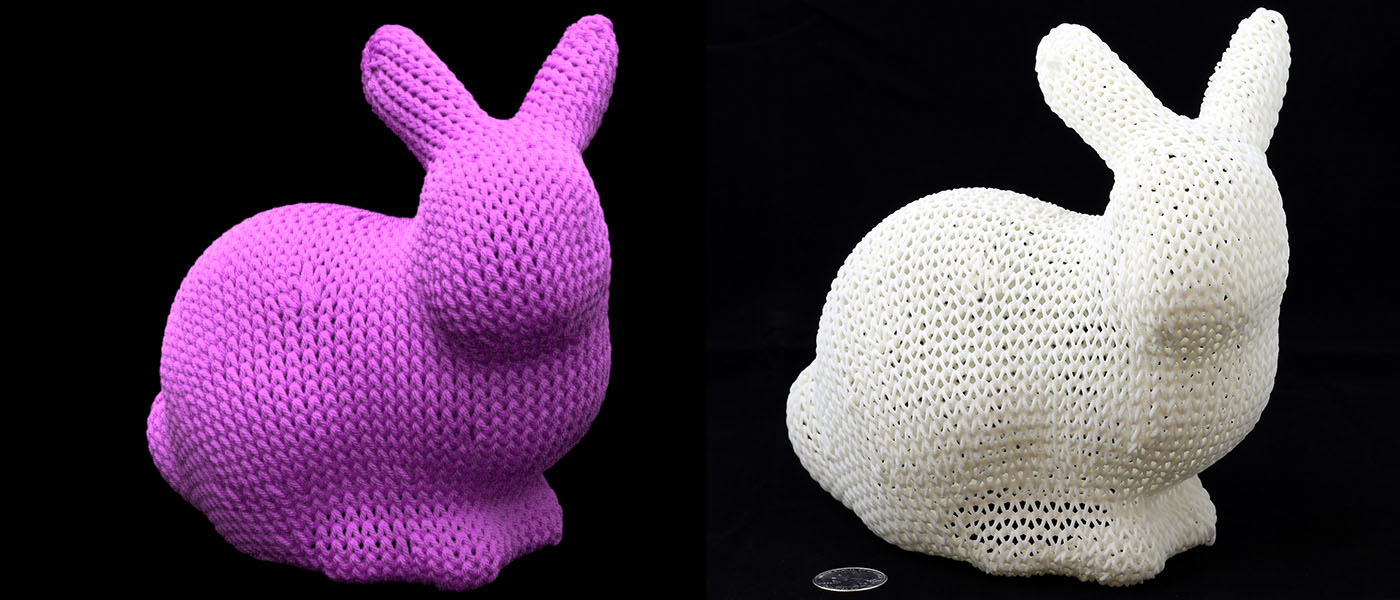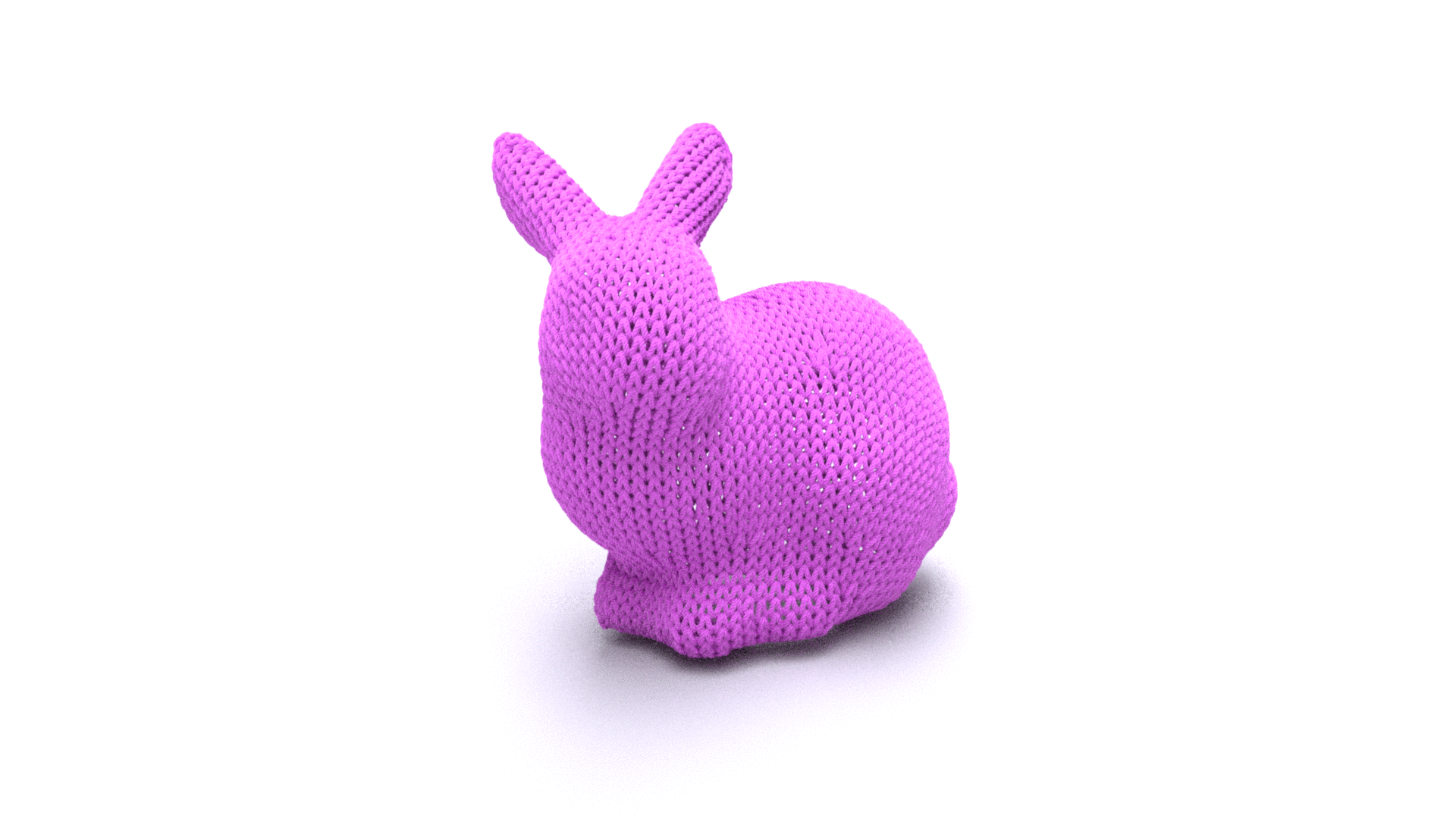In Proceedings of CHI 2021 (to appear)
KnitUI: Fabricating Interactive and Sensing Textiles with Machine Knitting
Yiyue Luo*, Kui Wu*, Tomás Palacios, Wojciech Matusik
(* indicates equal contributions)
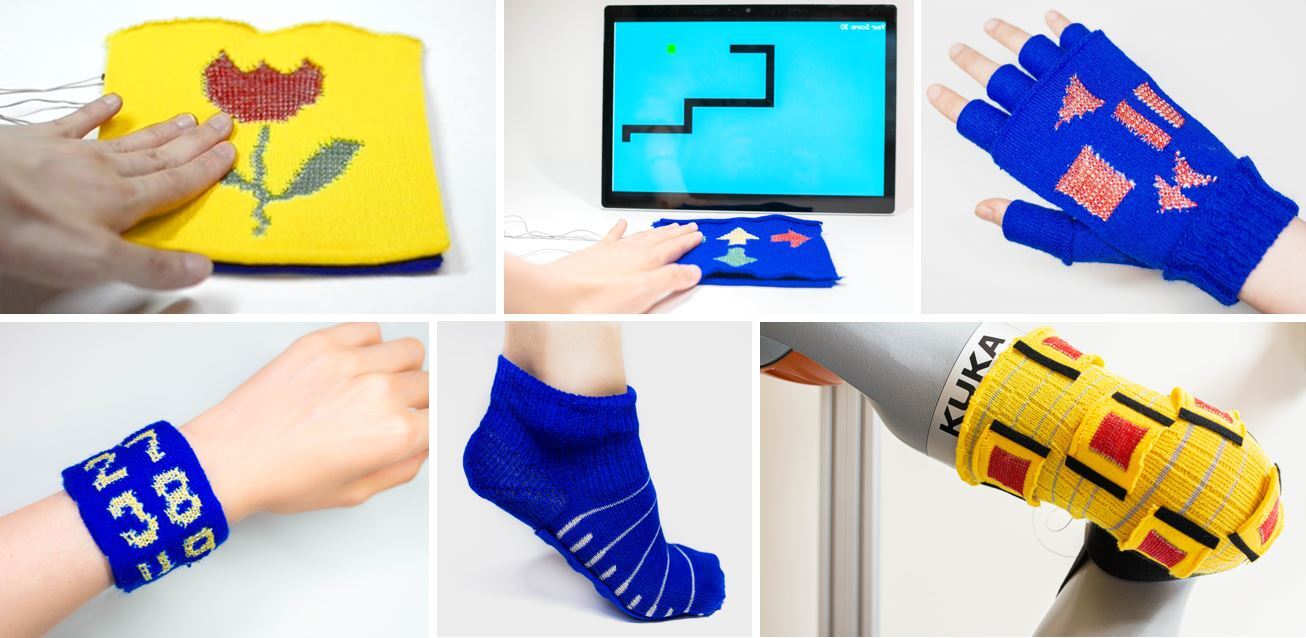
Example applications of KnitUI: interactive educational toys, game controller, music controller glove, numpad wrist wrap, tactile sensing socks, and tactile robotic skin.
Abstract
With the recent interest in wearable electronics and smart garments, digital fabrication of sensing and interactive textiles is in increasing demand. Recently, advances in digital machine knitting offer opportunities for the programmable, rapid fabrication of soft, breathable textiles. In this paper, we present KnitUI, a novel, accessible machine-knitted user interface based on resistive pressure sensing. Employing conductive yarns and various machine knitting techniques, we computationally design and automatically fabricate the double-layered resistive sensing structures as well as the coupled conductive connection traces with minimal manual post-processing. We present an interactive design interface for users to customize KnitUI's colors, sizes, positions, and shapes. After investigating design parameters for the optimized sensing and interactive performance, we demonstrate KnitUI as a portable, deformable, washable, and customizable interactive and sensing platform. It obtains diverse applications, including wearable user interfaces, tactile sensing wearables, and artificial robot skin.
[Paper] [Video]

The sensing structure: (from left to right) a double-layered sensing unit knitted with conventional and conductive yarns; the cross-sectional view (along the wale direction) of the sensing unit, with conductive short-rows on the bottom layer to increase sensitivity; when pressure is applied, the interactions between conductive yarn loops increase, leading to the drop of resistance.

Glove controller: left, conductive traces are added to existing knitted glove design; middle and right, glove with different controller designs.

Sensor map and the corresponding pressure signals during six actions.









